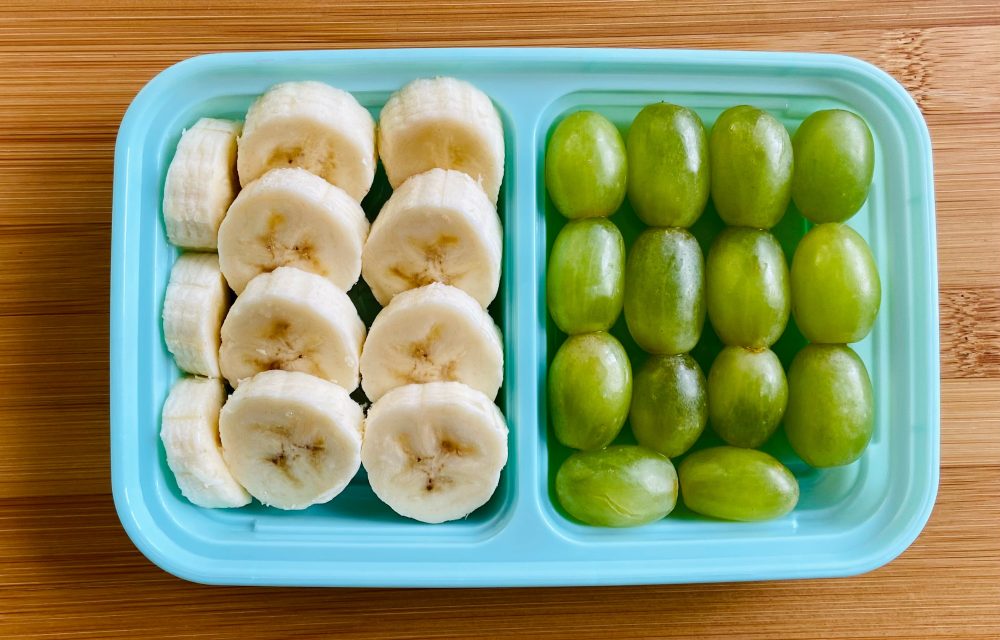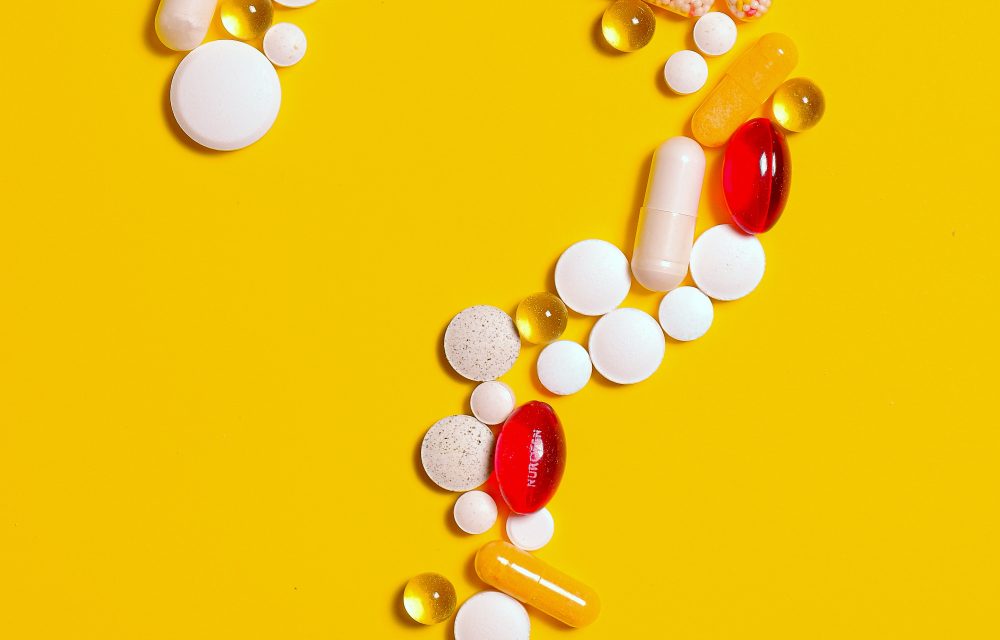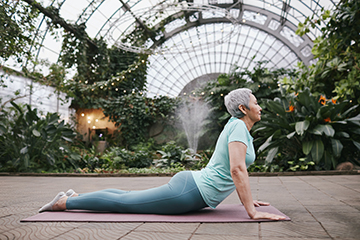Best Low-Fat Snacks On The Go
Fat is not necessarily the enemy of a healthy diet. Your body needs fat for vital functions and the feeling of satiety. Some foods high in fat are healthy, like avocados and nuts, but most aren’t. People in Alexandria, VA, often opt for unhealthy low-fat snacks, especially when they’re on the go. These are often loaded with sugar or salt and contain the unhealthiest type of fat. One way to avoid food high in unhealthy fat is to choose fresh fruit or vegetables. Oranges, apples, and bananas make ideal choices for a low-fat diet.
Veggies and hummus make a good low-fat snack.
Whether you cut the veggies at home or purchase individual serving sizes at the grocery or convenience store, they’re a healthy fat-free option. The dip that often accompanies them may be a little sketchy when it comes to fat content. For a healthy low-fat option, try hummus as a dip. It does contain some fat, but it’s a healthy fat that your body needs. To make your own, use canned or reconstituted chickpeas—also called garbanzo beans, seasoning, lemon juice, and tahini. Some recipes combine chickpeas with low-fat yogurt, too.
Fruit snack packs can be a delightful addition to your snacking time.
Choose the no-added-sugar variety or fruit packed in their own juices. Fruit cups can be found in the produce aisle of the grocery and many convenience stores carry cups of fruit in their coolers for hungry motorists. The variety of fruit includes melons, grapes, and tropical fruit. Dole is just one company that makes a variety of fruit cups that aren’t prepared fresh daily. They have low or no sugar added options and some come in coconut water for a tropical taste. Always read the label to find the sugar content and calories.
Some options aren’t fat-free but contain healthy fat.
Several studies have shown that full-fat yogurt is healthier than no-fat yogurt. One reason is the sugar that’s added to give the no-fat version flavor. Yogurt is high in protein. If you purchase live culture yogurt, it also is an excellent probiotic to improve your overall health. Get plain yogurt and add fresh fruit, like a handful of berries. Don’t choose fruit-added options unless you read the label to check the sugar content.
- Cottage cheese is another milk-based option. You can use low-fat options for your snack. Top the cottage cheese with unsweetened applesauce or fresh fruit for a tasty, yet healthy snack that will fill you up.
- Add mushrooms to your list if you’re making vegetables and dip. It’s a good source of fiber, has protein and a host of nutrients, such as vitamins B6, D, and C, niacin, pantothenic acid, thiamin, folate, riboflavin, iron, potassium, zinc, copper, phosphorus, manganese, and selenium.
- Keep containers of prepared fruit in your refrigerator. You’ll be more likely to eat watermelon and cantaloupe if it’s already in a bowl cubed. Other options are sectioned grapefruit, oranges, and tangerines.
- If you make snacks at home, baked sweet potato chips are delicious and low in fat. It takes planning but is worth the effort.
For more information, contact us today at Team Worx Fitness









